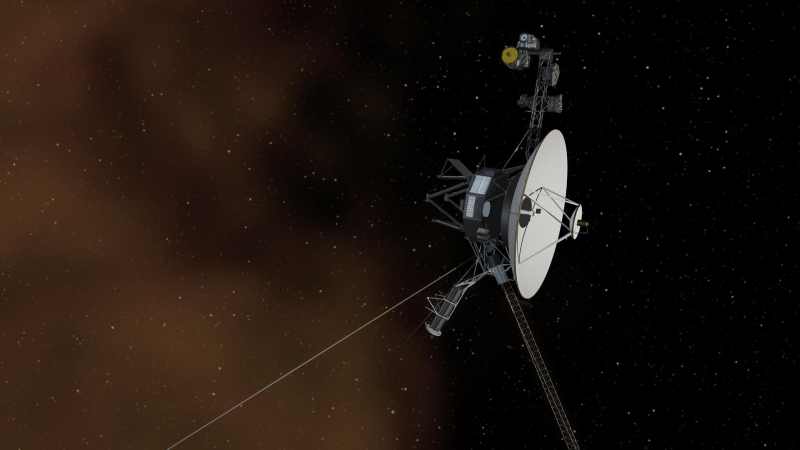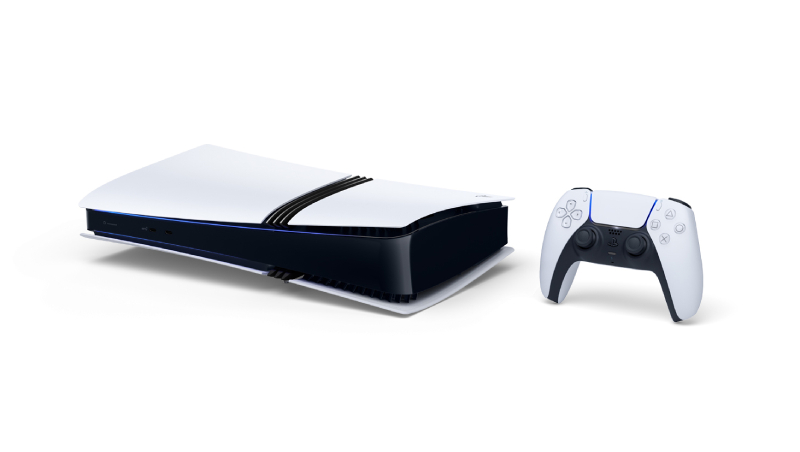NASA reestablished contact with the Voyager 1 spacecraft on October 24 after the communication link was temporarily interrupted due to an automatic system shutdown of one of its radio transmitters. This issue was triggered by the spacecraft’s fault protection system, which is designed to handle internal malfunctions by deactivating certain components when power demands are high. NASA’s Jet Propulsion Laboratory (JPL) team in Southern California is now investigating the incident, working to restore Voyager 1’s normal operation across a vast distance of over 15 billion miles.
The recent events began on October 16, when JPL engineers sent a command for the spacecraft to activate a heater. Despite Voyager 1 having sufficient power for the heater, this command unintentionally triggered the fault protection system, resulting in a disruption in data transmission. JPL first noticed the issue on October 18 when the Deep Space Network, which facilitates communication with the spacecraft, couldn’t detect Voyager 1’s signal.
Upon further analysis, JPL engineers realized the fault protection system had automatically reduced the transmitter’s data rate, which allowed the spacecraft to conserve power but altered its X-band signal—a high-frequency radio signal that the Deep Space Network uses to communicate with Voyager 1. After pinpointing this reduced signal, the team continued monitoring until communication ceased altogether on October 19.
It’s suspected that Voyager 1’s fault protection system reactivated twice more, ultimately shutting off the X-band transmitter and switching to the S-band transmitter. Though the S-band transmitter requires less power, it operates at a lower frequency and has not been used by Voyager 1 since 1981, presenting additional challenges. Given Voyager 1’s extreme distance, the faint S-band signal was hard to detect, but engineers successfully located it with help from the Deep Space Network.
To avoid further complications, the flight team opted not to immediately reactivate the X-band transmitter. Instead, on October 22, they sent commands to confirm the S-band’s functionality and have since been collecting data to determine the precise cause of the fault protection activations.
Voyager 1, along with its counterpart Voyager 2, has been traveling for over 47 years and remains one of only two spacecraft operating in interstellar space. However, as these pioneering vessels age, technical issues are becoming more frequent, adding complexity to the mission team’s work to maintain their functionality. The team remains committed to troubleshooting and keeping Voyager 1 operational despite its vast distance and the increasing challenges posed by its advanced age.
Topics #15 billion miles #NASA #news #Satellite #solar system #Space #Space Craft #universe #Voyager #Voyager 1











